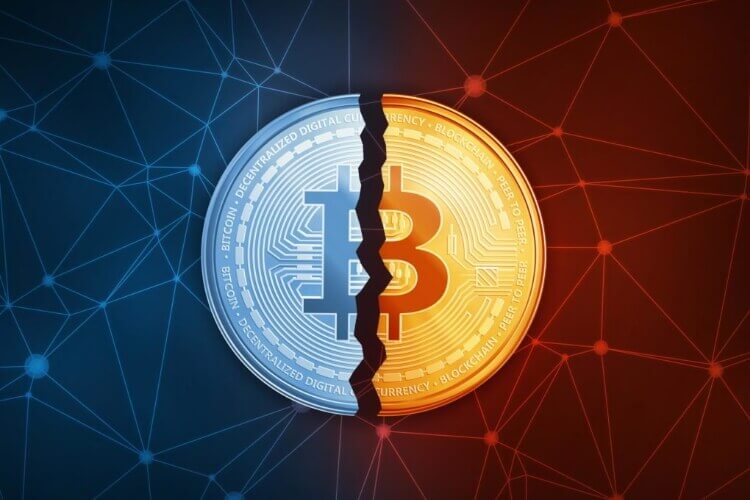Bitcoin fluctuations are often mysterious and sometimes give rise to all sorts of interpretations by the cryptocurrency user community. But last week’s fluctuations were closely related to a phenomenon that the community has been predicting and anticipating, “bitcoin halving”.
This term refers to a process implemented in the Bitcoin protocol by its creator, Satoshi Nakamoto, which is repeated at regular intervals. For every 210,000 blocks created by the Bitcoin blockchain miners’ network, the Bitcoin rewards to the miners are halved. On May 11 at 7:23 p.m. UTC, the 630,000th block of the blockchain was mined by the Chinese Antpool miners’ pool and they received 6.25 Bitcoin in return, half the reward than expected (12.5 Bitcoin) as reported by Coindesk. And this will now be the reward the miners get when they manage to calculate the footprint of a new block until 210,000 new blocks are mined, which will again cause a similar phenomenon by halving the reward.
This is the third time in the history of Bitcoin that this phenomenon has occurred. Initially, the first mined blocks brought in the sum of 50 Bitcoins, then a first “halving” took place on November 28, 2012, reducing the reward to 25 Bitcoins.
A second halving took place in 2016, and the third has just occurred earlier this week. It can be estimated that this phenomenon occurs at regular intervals every four years, as long as the Bitcoin blockchain continues to produce regular blocks where cryptocurrencies transactions are recorded at a rate of about one every 10 minutes.
The Bitcoin blockchain relies on the mining community to provide the computing power needed for its operation and on the proof of work to generate new blocks and new bitcoins: miners compete to compute the footprint of the new blocks, and when they manage to find one that meets the conditions specified by the algorithm, it is passed on to the other miners and the work starts again on the next one. The operation requires a lot of computing power, but this is paid for by creating new bitcoins allocated to the miner.
In setting up his protocol, Satoshi Nakamoto had chosen this reward system in order to solve the problem of inflation. It can thus be estimated that by 2140, all the Bitcoins will have been mined and the system will then be based on a finite number of Bitcoins in circulation, without the possibility of creating new ones.
The influence of this mechanism on the price of bitcoin is subject to debate. Previous occurrences of this phenomenon have seen a sharp rise in the price of bitcoin as a result of lower rewards for miners. This time, Bitcoin experienced a sudden drop in its price a few days before the halving, before stabilizing at around $10,000. It’s very difficult to estimate when the next halving will take place, but certainly not in the next few years.


